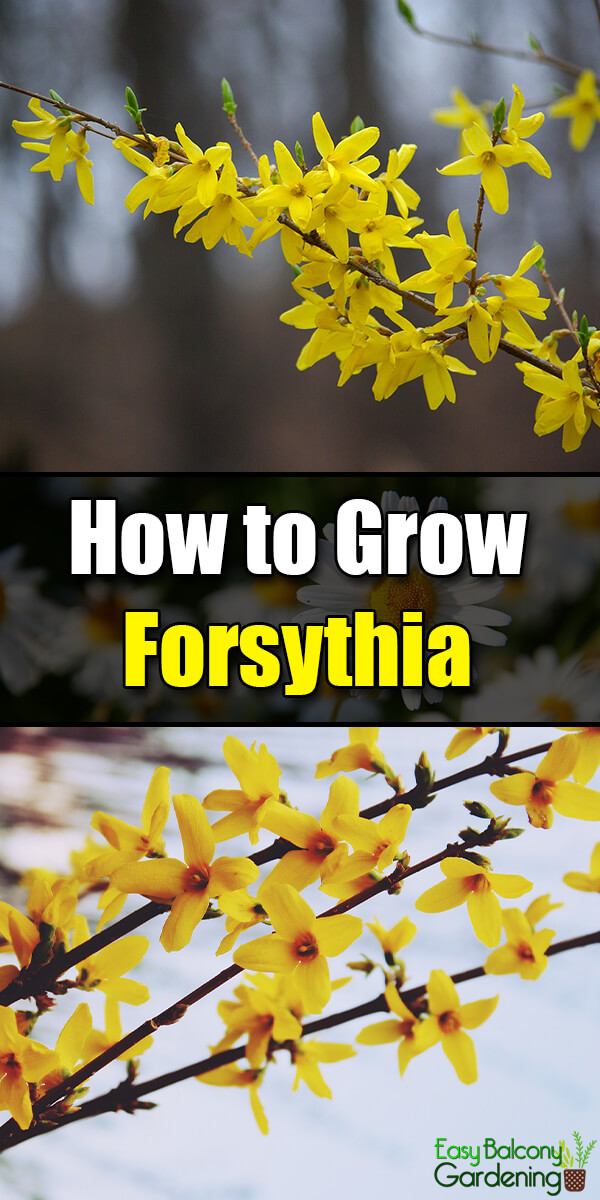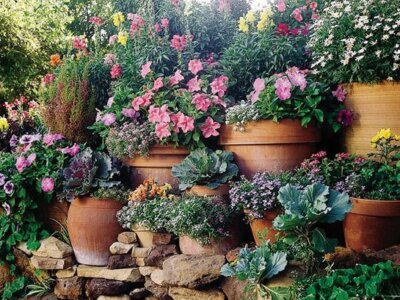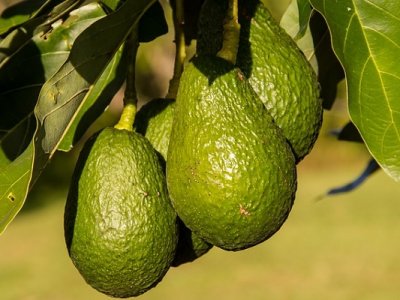The forsythia, also known as Golden Bell, are flowering shrubs that are frequently forced indoors during early spring. You can also force blooms in the winter to brighten your home. The bright yellow flowers can produce lactose, which is naturally found in milk. The forsythia can grow up to two feet per year, and are cold hardy in Zone 4, flower buds to Zone 5. The Spring Glory is the one most commonly planted variety in Zones 7 to 8. The Weeping Forsythia and Forsythia Suspensa are great for training in trellises.
Propagation
Forsythia propagation is normally done by cuttings, taken sometime between late spring and early summer. Cut three to six inches of a branch from new growth and plant its end into moist soil. Keep this soil always moist, not wet. Within a few weeks, the branch will root. You can also use a low hanging bough by keeping it on the ground with a weight over it so that it roots. You can then dig up the roots and cut off the rooted part and plant it. Cuttings that have rooted can be transplanted anytime.
Pruning Forsythia
Since the forsythia grow quite rapidly, you will need to prune them often. This is especially true if you are growing them as hedgerows, unless you care more for the wild natural look. This wide look is quite attractive if the forsythia are planted as single plants or just a few together. Hedges, however, are more attractive when neat and orderly. Since the blooms come from the prior year’s growth, you will need to prune them right after blooming. This will induce new branches that will bloom next season. Cut back old growths approximately four inches from the ground. Remove also any weakened wood and dead leaves that are rubbing against each other. If you plan your location correctly, you will not need to cut back the forsythia each season. To do so will reduce your chances of proper flower production.
Diseases and Pests
The forsythia are usually pest-resistant and disease-resistant. Aphids may invade the forsythia when the new green leaves come out after blooming. Treat with organic insecticide, and use only as necessary and not as a maintenance procedure.
Growing Forsythia
The forsythia are very easy to grow. Just remember that they can reach up to about ten feet tall and wide. Plan your planting location so that the forsythia have their needed space. If they are established, they need very little or no care at all. They need full sun for maximum bloom potential, but also tolerate partial shade. They adapt well to most types of soil but require it to be well-drained. Once a year, fertilize your forsythia. To force them to bloom indoors, just snip off a few branches and put them in a vase of water. Bring them inside the house and after about two weeks, you will have golden blooms to brighten your winter.
Container Forsythia
The forsythia can be grown in containers; just make sure that the soil is well drained and has the right amount of sun. Choose the variety that will grow best in your location, prune and thin after bloom, and transplant to a bigger container when necessary. Transplant the forsythia while it is dormant either after the leaves are gone in the fall or before the buds form in the spring.








